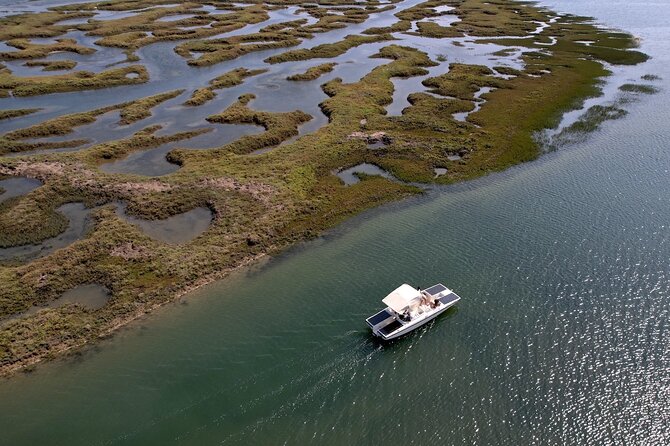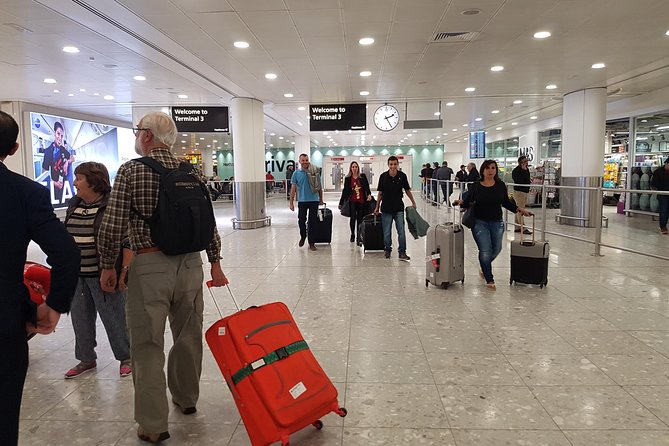How big is the moon compared to Earth?
Because we first went to the moon so many years ago, it’s often forgotten about, with much of the focus over the next decade being on venturing out to Mars (this is what the media portrays at least, with SpaceX and Blue Origin making up much of the news). Though the truth is that we’ll actually be going back to the moon much sooner than we make it to Mars, and this time we’ll know much more about it. But just how big is it? We’re going to take a quick look.
How big is the moon compared to Earth?
The moon has a diameter of 2159 miles, whilst the Earth has a diameter of 7,918 miles. This means that the moon is around a quarter of the size of the Earth (27% of its size, to be exact), which is one of the reasons it’s so easily visible from our planet.
And actually, in terms of moons this is pretty unusual. Our moon is not the biggest moon in the solar system – it’s the fifth biggest after Ganymede, Titan, Callisto and Io – but in relation to our planet, it’s actually very large. For example. Ganymede is the largest moon (it’s actually even larger than the planet Mercury) but it is still only around 4% of the size of the planet that it orbits, Jupiter. If we also look at the second biggest moon Titan, it’s around 5% of the size of the planet that it orbits – Saturn – too.
So in this sense, the moon is actually extremely large in relation to our planet, which separates it from some other moons in the solar system. However, if we look at the mass of the moon, then it’s actually much less massive than the Earth in this field – it’s less than 1/80th as massive as our planet. And it’s because of this mass that the moon has much less gravity than on the Earth. Compared to our planet, a person would weigh around 16% of what they weigh here. This is the reason why you can see astronauts jumping on the moon, as the lower gravity allows for jumping with much greater height.
If we look at the surface area of the moon, then it’s much less than the surface area of our planet. The surface area of the moon is actually a similar size to the surface area of Asia – in fact, it’s a little bit smaller than the surface area of Asia (the Moon’s surface area is 23.6 million square miles in comparison to Asia, which has a surface area of 26.7 square miles). For more facts about the moon, check here.
How close are we to the moon?
Like the Earth orbits around the Sun, the moon orbits around our planet in a similar fashion. And like some planets, the moon has a high orbital eccentricity, which essentially means that it orbits us in an oval shaped pattern and not a completely circular one. For this reason, the moon’s distance from Earth changes depending on where it is in the cycle.
The moon varies from approximately 220,000 miles away from the Earth, to 250,000 miles away when it’s at the furthest point in its orbit – on average, it’s 238,855 miles away from the Earth. This may sound a lot when compared to the measurements that we use on Earth, but the reality is that in terms of our solar system, we’re like next door neighbours. And in terms of the entire universe, we’re almost overlapping one another!
And the truth is that because of our close proximity to the moon, it actually wouldn’t take that long to get there. It would likely only take a manned spacecraft 2-3 days to get to the moon – it took the Apollo 11 mission a little under 52 hours to make the moon’s surface. So, although it seems like we’re a massive distance away, we’re actually not that far at all.
The Sum Up
All in all, the moon is actually very large in terms of ratio to the Earth, and it’s still one of the largest in our solar system. And because of its close proximity to our planet, it appears even larger to us on Earth depending on where it is in its orbital cycle. Even so, at its furthest from our planet, the moon is still within a reasonable distance from us.





